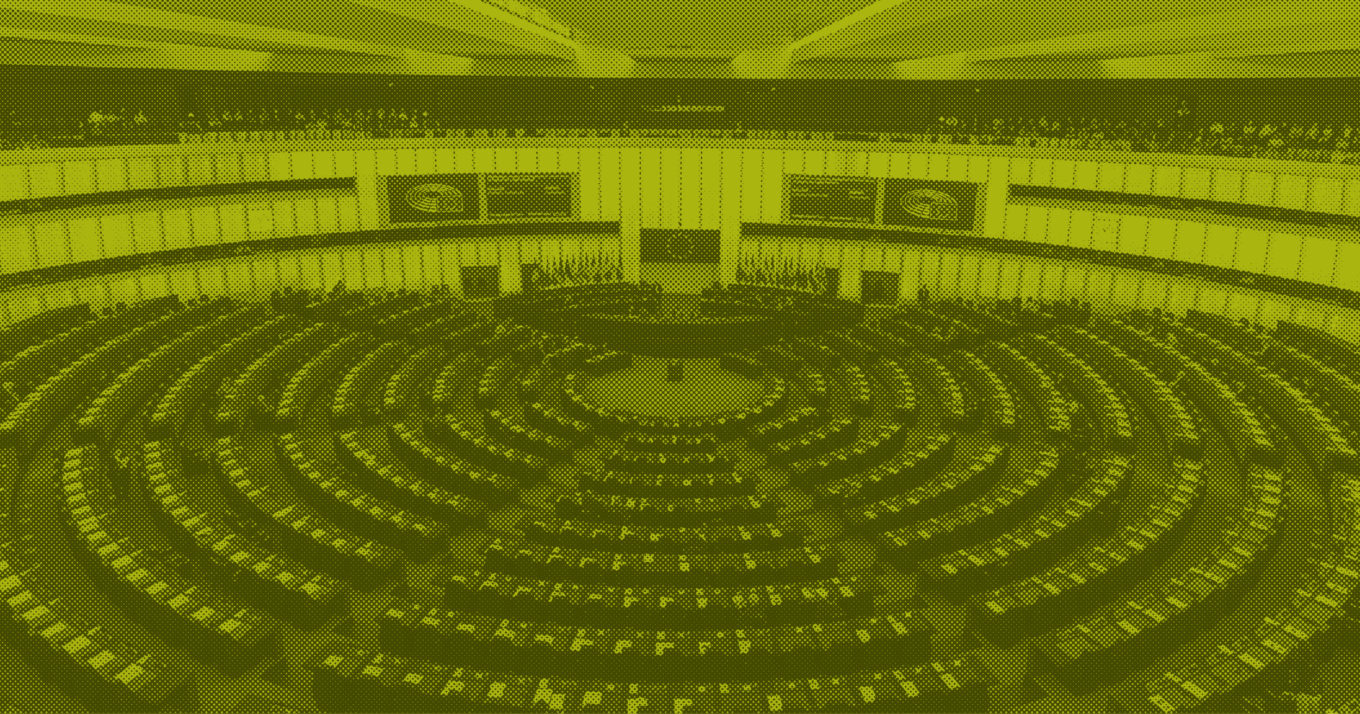How to navigate the new European healthcare policy landscape
Health policy is undergoing monumental change in Europe. Amplified by the COVID-19 pandemic, it has quickly become a key priority for European policymakers. For healthcare public affairs specialists in Brussels, this means our usual ways of working have fundamentally changed.
At its origin, the European Union (EU) was an economic and political project – 27 Member States, individual nations, working together towards the creation of a fiscal, banking, and monetary union. Health was never part of the equation, instead regarded as a ‘national competency’, meaning that Member States’ governments would remain responsible for conducting their own health programmes. Sure, EU institutions would provide guidance, when necessary, but no union of policy was suggested.
Fast-forward to 2022 and the situation is drastically different. During the COVID-19 pandemic, and after thousands of meetings, negotiations and setbacks, the EU proves its added-value, by handling a health crisis: coordinating efforts between 27 countries, acting as a contractor for vaccines, and providing guidance on common health issues.
This leads, in November 2020, to an historic announcement. EU institutions are building a European Health Union, which foresees the expansion of EU health agencies’ competencies, increased coordination between Member States on crisis preparedness, and the launch of EU-wide strategies on key health issues such as pharmaceuticals, cancer, and disability rights.
EU institutions allocate €5.3 billion – an impressive budget – to ‘EU4Health’, the EU’s fourth health programme, due to run for the next seven years. This sum is ten times greater than the previous programme’s budget, which only benefited from €450 million between 2014 and 2020.
For healthcare public affairs specialists in the Brussels, this changes everything. The building of a European Health Union represents a unique opportunity for the voice of the pharmaceutical industry to be heard. It also means that the healthcare bubble will become an over-crowded space as campaigns, events, conferences, podcasts or blogposts bloom in inboxes and on social media.
So, how can your health advocacy strategies stand out? Here are three major considerations for public affairs specialists navigating an ever-complex European health policy landscape:
- Evidence-based recommendations should be central to creation of impactful health advocacy strategies.
For an advocacy strategy to stand out in 2022, it should be perfectly aligned with policymakers’ current focus and political trends. While ‘healthcare system sustainability’ has long been a catchphrase of the EU institutions, the COVID-19 pandemic has amplified economic value as the prime interest of policymakers.
As they are working towards building back the economy and reducing healthcare system costs, the use of data evidence in advocacy strategies is key. Policymakers should be aware of the tangible impact their decisions could have. For instance, how many patients could be saved, how much money could be returned from investing in care, the potential cost of non-treatment, etc.
In work we have done recently, we have demonstrated the value in investing in hearing health from a young age and highlighted the fiscal impact of untreated diseases on the economy, including lost workdays and reduction in tax contributions. This work has shown that, when presented with evidence-based recommendations, policymakers and audiences tend to be more receptive to messages.
- Creativity will become the most needed skill to stand out in the crowd.
Studies on highly creative brands are not new. They show that ‘creative brands’ consistently outperform their peers: 67% achieve above-average organic revenue growth and 74% have an above-average net enterprise value, according to a 2017 McKinsey report.
In 2022, we advise clients to be more creative than ever because their audience, largely composed of policymakers, is now extremely familiar with scrolling on social media. LinkedIn and Twitter have become major tools for health policy decision-making, especially for Members of the European Parliament (MEPs).
Some of the most influential MEPs have hundreds of thousands of followers. For instance, if we look at Twitter followings, Guy Verhofstadt (Renew, Belgium) has 461.000 followers, Sirpa Pietikainen (EPP, Finland) has 28.200; Peter Lise (EPP, Germany) 5.900, while Alex Agius-Saliba (S&D, Malta) has 5.700. All 27 European Commissioners have an active account on the platform including Health Commissioner Stella Kyriakides (57.500 followers) and DG SANTE Director Sandra Gallina (8.600 followers). LinkedIn is also widely used by all.
To catch their attention, we must remain relevant in the way we present our information, taking into account the user-experience of the two platforms. Policymakers will have very different expectations of content, and will interact differently, depending on which platform they are using. The creative output, therefore, should be tailored for each.
Such creativity can take many forms and – if we’re being honest – the bar for creativity in the European health space is not particularly high. Creativity shouldn’t be daunting, we’re not looking to create the next Nike’s ‘Just Do It’ campaign, but we are looking to enter new space.
For instance, in the last months, we have organized interactive conferences in which the audience plays a key role – stating an opinion, voting on propositions, collaborating on future recommendations. We have also offered new immersive video experiences to audiences. Our own agency has even created its own podcast to offer the Brussels bubble all the latest information on regulations – a complex topic made fun and easy to understand.
Originality should meet no barriers this year.
- Health policy expertise must become more holistic, encompassing much more than just medical knowledge.
With health at the core of the Commission’s agenda, a health in all policies approach is truly being realized. Health now features on many different policy fields: environment, chemicals, tech and digital. Public affairs specialists are not required to be solely diseases specialists anymore, but to develop a holistic expertise in other topics and understand how they relate, influence and impact health policy decisions.
For instance, we are helping healthcare clients better understand the implications of the Green Deal for their businesses, and explaining what EU institutions are planning in terms of Artificial Intelligence and how that would affect them. We’ve also looked at the impact of GDPR on clinical trials.
If 2021 was the year of the vaccine, 2022 will be the year of digital health. It’s a concept that has been on the horizon for some time, but the emphatic rise of telemedicine and the use of real-world data during the COVID-19 pandemic have opened doors for clients to develop new business models and voice new interests in this space. As such, we are becoming experts on digital health and will be ready to advise clients on ongoing policy developments.
In 2022, the monumental change in European health policy will necessitate fundamental development of public affairs expertise – it is not just about health anymore. It is about understanding a broader policy environment and helping clients to be a step ahead. Strategic experts will need to call upon relevant data to develop creative concepts that reflect a broad-spectrum of European policies in order to deliver advocacy strategies that are effective, impactful, and unforgettable.
Find Out More
-
Generative AI is changing the search game
May 8, 2025
-
The challenges facing Europe and European leaders at Davos 2025
January 24, 2025



